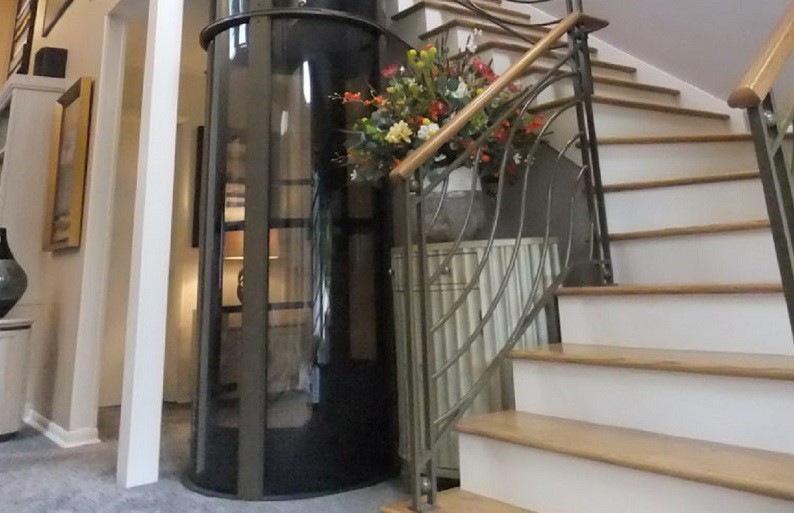In the modern world, residential lifts have become an increasingly popular feature in Australian homes. These vertical transportation systems offer convenience, accessibility, and enhanced mobility, making them an invaluable addition for individuals with mobility challenges or those living in multi-story homes. While residential lifts are designed to be reliable and durable, regular servicing is essential to ensure their smooth operation and longevity.
Importance of Residential Lifts
Residential lifts have revolutionized the way we live, especially for aging populations or individuals with disabilities. If you install a small residential lift, it will eliminate the need for strenuous stair climbing and allow you to move effortlessly between different levels of your home. Moreover, residential lifts provide a sense of independence, allowing homeowners to maintain their freedom and quality of life. As the demand for residential lifts continues to rise, it becomes imperative to understand how often these lifts require servicing to ensure their optimal performance.
How Often Do Residential Lifts Need Servicing?
Typically, residential lifts should undergo regular servicing at least once a year. However, the frequency of servicing can vary depending on factors such as lift usage, age, and the manufacturer’s recommendations. Lifts that experience heavy usage or are installed in high-traffic areas may require more frequent servicing to maintain their efficiency and safety standards. It is advisable to consult the lift manufacturer or a professional lift servicing company to determine the appropriate servicing schedule for your specific residential lift.
What Does a Residential Lift Service Entail?
A typical residential lift service entails several crucial maintenance tasks. Firstly, the lift technician will inspect the overall condition of the lift, including its mechanical and electrical components. They will check for any signs of wear and tear, loose connections, or abnormalities that could potentially affect the lift’s performance. Lubrication of moving parts, such as pulleys and bearings, is also carried out to reduce friction and ensure smooth operation.
The service technician will thoroughly examine the safety features of the lift, such as emergency brakes, door sensors, and interlocks, to ensure they are functioning correctly. These safety mechanisms are essential for preventing accidents and protecting both the lift users and the surrounding environment.
Additionally, the lift’s control panel and operating systems will be examined to verify that they are working as intended. The technician will inspect buttons, switches, and displays for any signs of malfunction or damage. They will also test the lift’s emergency communication system, such as the intercom or phone, to ensure it is operational in case of emergencies.
Regular servicing of the lift’s cables and hoisting mechanisms is crucial to prevent unexpected breakdowns and ensure smooth vertical movement. The lift technician will inspect the condition of the cables, checking for signs of fraying, corrosion, or excessive tension. They will also assess the condition of the drive system and carry out any necessary adjustments or replacements to maintain optimum performance.
It is important to note that lift servicing should only be performed by trained and certified professionals. Hiring a reputable lift servicing company ensures that the technicians have the necessary expertise and knowledge to handle any issues that may arise during the service. These professionals will adhere to the relevant Australian standards and regulations, providing you with peace of mind that your residential lift is in safe hands.
Why not get started today?


